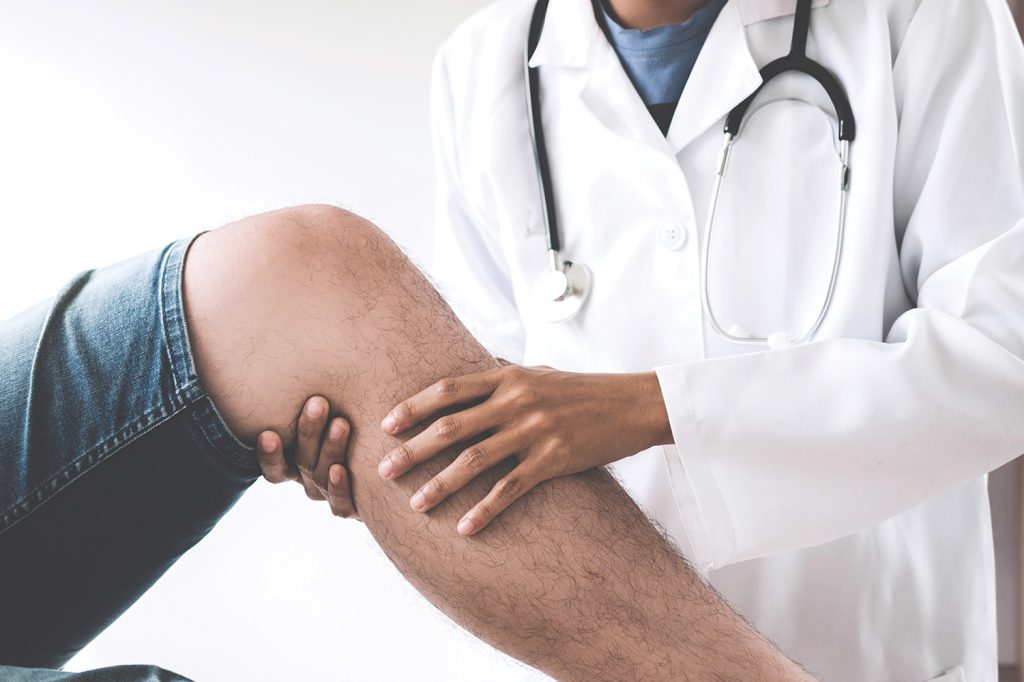Low back-related leg pain (LBRLP) is a prevalent ailment that sends patients to primary care clinics, including chiropractic offices. However, these situations are often complicated, and diagnosing the underlying reason can be difficult clinically. Let’s have a look at the current LBRLP treatment options.
To begin, the patient’s doctor must evaluate whether the leg pain is radicular or referred, as this will help determine which structures or soft tissues in the lower back must be treated. A herniated low back disk is the most common cause of nerve root compression or a pinched nerve root, which is referred to as “radicular.” A ligament, joint, or a tear in the outer layer of the disk causes referred leg pain (which can precede herniation).
A more specific geographic tracing of leg pain that often exceeds the level of the knee and affects the outside foot (S1 nerve), the top of the foot (L5 nerve), or the interior of the foot (L6 nerve) are some clinical signs and symptoms that support radicular leg pain (L4 nerve). There may also be neurological loss in radicular LBRLP, such as sensory impairment and/or muscle weakness in a specific location or in specific muscles, which can assist pinpoint which nerve(s) are implicated. Referred leg pain is frequently described by patients as a generalized deep discomfort or numbness that occurs above the knee. It’s also likely that the patient’s LBRLP has numerous contributory factors, making the diagnostic process more difficult.
In terms of treatment, research demonstrate that using prescription medication, epidural corticosteroid injections, or surgery to manage LBRLP has no long-term benefits. However, there is evidence that spinal manipulation, a treatment performed by chiropractors, is more helpful in controlling LBRLP than no treatment, passive modalities, or exercise. In fact, according to a 2019 survey of 1,907 chiropractors, 81 percent of them use LBRLP to treat their patients.



